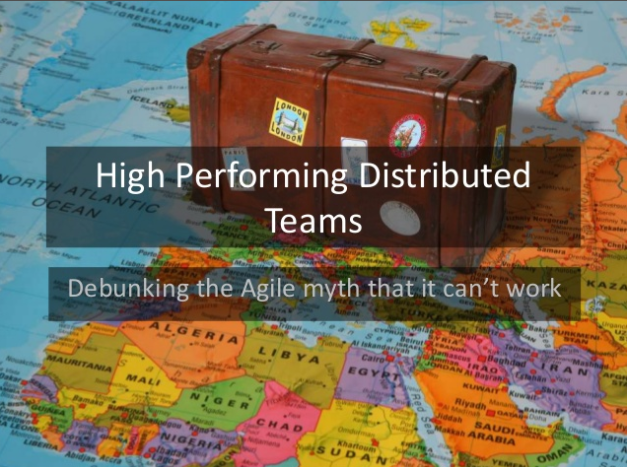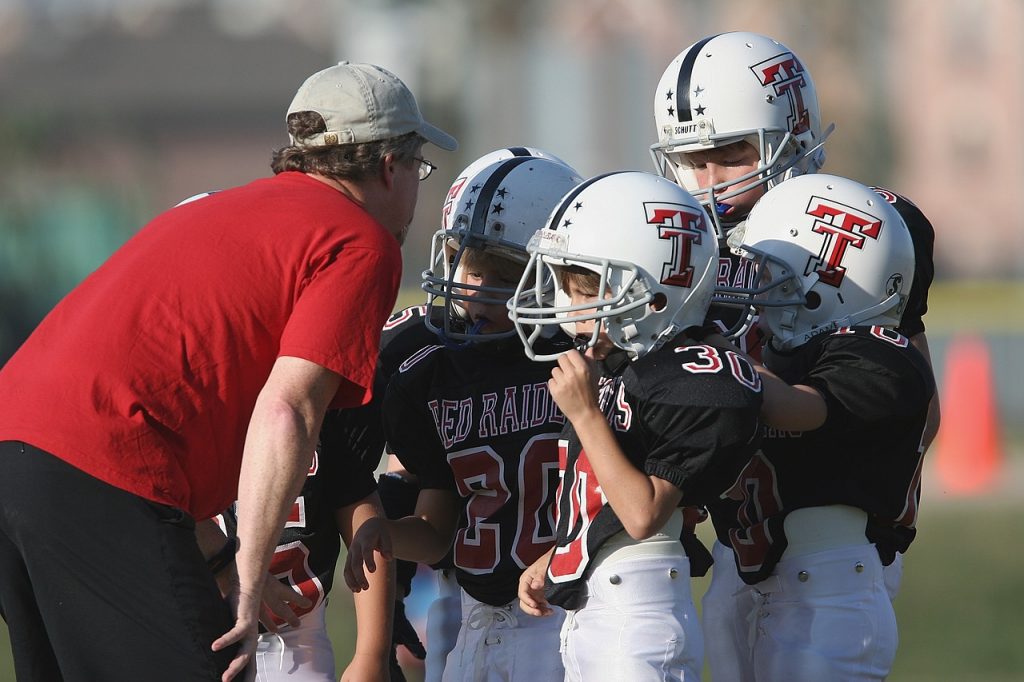It’s been over 10 years since the official Agile movement startedㅡa time when companies were focused on projects, deadlines, and budgets. Agile approaches shifted thinking from large, single delivery linear projects to small incremental, continuously delivered features. This shift demanded changes in thinking around many parts of the organization.
Managing the complex environment of delivering software forced new business structures that allowed these environments to thrive. Examples include continuous integration, one button releases, test automation and most importantly, the breakdown of departmental silos and the push for collocated teams comprised of people needed to deliver the product.
Agile Product Development – Feature Focused
The shift from project to feature focus required an organization to fundamentally accept they could NOT know what was needed to deliver at the end of the project. In order to achieve desired objectives, companies had to set themselves up to deliver product differently.
We have seen great advances and success of businesses making the agile shift, but with time, a new complexity shift has followed. The feature focus brought quality, efficiency, collaboration and quick output of new features but often fell short in creating the real outcomes and business impacts companies hoped to achieve. Delivering features faster didn’t always guarantee happier customers or a stronger product.
Enter the shift from Feature focus to Discovery focus.
 Agile Product Development – Discovery Focused
Agile Product Development – Discovery Focused
Today, product minded businesses with agile teams can stop wasting time checking on schedule and output and spend that valuable energy on the impact their product makes on their customers. Teams successfully making this shift are quickly realizing the value of setting themselves up to not only build the product right but also build the right product.
To build the right product, teams have to take one step further back. Instead of starting with “what should we build next?,” they lead with “what are our customers experiencing?”
From there, teams focus on discovering more about their customers, which leads to interesting problems they could not have imagined, but used their expertise to solve.
The shift from feature to discovery focus requires an organization to fundamentally accept that they did NOT know what a customer wants or even possibly who their customer or market is. Therefore, they set themselves up differently to discover who their customer is and what problem they can solve. Then you can start building “the right product”.
So what is Product Discovery specifically?
That is still getting worked out since it is emerging. Presently, it is often a combination of practices adopted from:
- Lean Startup
- Design Thinking
- Systems Thinking
- Customer Development
- Experiment Design
- Visual Thinking
- Traction
- Agile and a whole lot more.
These practices are becoming an amazing toolset that advance companies’ abilities to really delight their customers.
It isn’t a framework and shouldn’t become one, but we are slowly gaining more experience with the best approaches and techniques to support this new way of working. Companies making the shift have to be prepared to accept a new level of complexity that comes with not deciding a firm upfront direction or relying on the business to make feature decisions.
These two necessary parts of Discovery and Delivery require different approaches and mindsets. They may feel like they are at odds when being used in one team, especially since you can’t plan a sprint of discovery and there aren’t discovery stories that you can size. We are discovering what to build! How could you size that?! Balancing Discovery and Delivery is how to create the greatest value.
Those willing to adapt once more will accelerate their agile delivery and create the true customer outcomes and increase desired business impacts.
Over the next few weeks, I’ll share a few approaches and techniques that might help you get started.
Please comment and ask questions below or come to the upcoming workshop.
About the Author
 Erin Beierwaltes counts herself lucky to have found a passion in the agile and organizational cultural movement.
Erin Beierwaltes counts herself lucky to have found a passion in the agile and organizational cultural movement.
Through a mix of system theories, cultural principles, and business practices, Erin partners with businesses to find the right balance of product, process, and people, to create a responsive and adaptive learning organization.
Erin has been working on organizational development for over 10 years, working with established Product companies and startups, to adopt “just enough” formal approaches to support high paced growth and change. She believes strongly in addressing the combination of product discovery (figuring out what to build), process (how to set up processes to build high-quality products quickly), and people (how to create a great culture) to reach organizational level agility.


 There is no doubt that the in-vogue tool today in product and software development is the “canvas”. Everywhere you look a new version appears touting new value and insights: Business Models, Opportunities Assessments, Organizational Visioning, and Sales Strategy. It seems like anything can be made into a canvas!
There is no doubt that the in-vogue tool today in product and software development is the “canvas”. Everywhere you look a new version appears touting new value and insights: Business Models, Opportunities Assessments, Organizational Visioning, and Sales Strategy. It seems like anything can be made into a canvas! David Hawks presented Introduction to Agile for Product Managers at ProductCamp Austin.
David Hawks presented Introduction to Agile for Product Managers at ProductCamp Austin. Kent Beck said it best: “I’m not a great programmer, I’m a pretty good programmer with great habits.” What are some of these habits which help product development go from good to great? Beyond test-driven development and SOLID design principles, there are five good habits that will improve the overall quality of your software and build high-quality scrum teams. These are not abstract concepts, but tactical process changes I’ve seen work wonders on teams I’ve been on!
Kent Beck said it best: “I’m not a great programmer, I’m a pretty good programmer with great habits.” What are some of these habits which help product development go from good to great? Beyond test-driven development and SOLID design principles, there are five good habits that will improve the overall quality of your software and build high-quality scrum teams. These are not abstract concepts, but tactical process changes I’ve seen work wonders on teams I’ve been on! Agile Product Development – Discovery Focused
Agile Product Development – Discovery Focused Erin Beierwaltes counts herself lucky to have found a passion in the agile and organizational cultural movement.
Erin Beierwaltes counts herself lucky to have found a passion in the agile and organizational cultural movement.
 What is an Agile Coach?
What is an Agile Coach? In the past, developers either had only the choice between multiple machines or sharing development environments. In the first instance, this is an expensive solution and in the second, lots of developers sharing a single environment leads to contention issues. To further exacerbate this problem, the trend is towards application deployments that involve multiple servers.
In the past, developers either had only the choice between multiple machines or sharing development environments. In the first instance, this is an expensive solution and in the second, lots of developers sharing a single environment leads to contention issues. To further exacerbate this problem, the trend is towards application deployments that involve multiple servers.